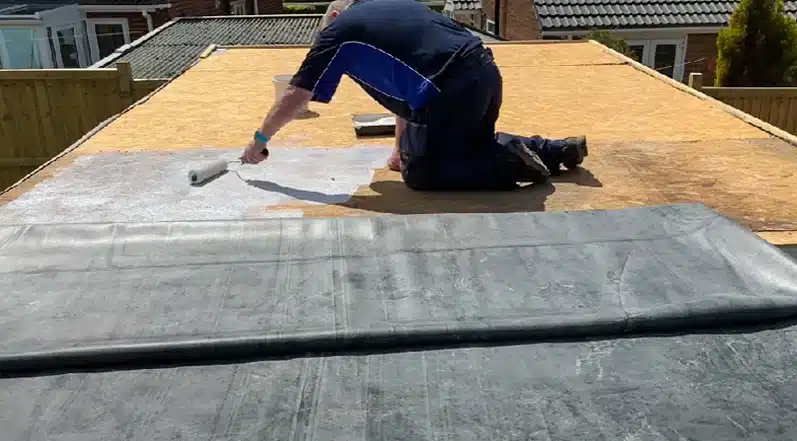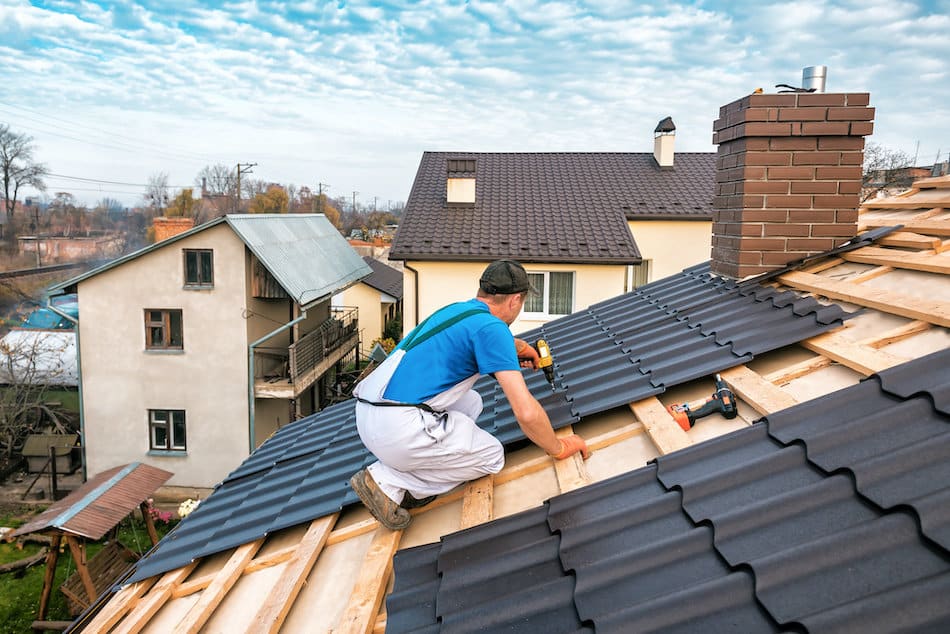Many different materials are used when installing a new roof, and each has a specific purpose. These materials help protect homes from the weather, improve energy efficiency, and give the roof a finished look.
Knowing what materials are special for roofing installation helps homeowners plan better and make informed choices. When people look for services like roofing Installation by Milcon Design and Build, it’s useful to understand the different parts involved before any work begins.
Asphalt Shingles
Asphalt shingles are one of the most popular roofing choices. They are made from a fiberglass or organic mat that is coated with asphalt and covered with mineral granules. These granules give the shingles color and protect them from the sun.
This type of roofing material is valued for its balance of cost, lifespan, and appearance. Homeowners can find them in various colors and styles, making it easier to match a home’s look.
Asphalt shingles are also relatively quick to install. They provide reasonable protection from rain, wind, and mild weather conditions. Modern options often have extra features, like added resistance to algae growth.
Regular inspection and maintenance can help asphalt shingles last longer. With simple care, they can provide years of service on most homes.
EPDM Membrane Roofing

EPDM stands for ethylene propylene diene monomer. It is a type of single-ply rubber membrane used often on low-slope or flat roofs. This material is known for its flexibility and is often chosen for commercial and medical buildings.
EPDM comes in large rolls, which helps cover a big area with fewer seams. The fewer seams there are, the less chance there is for leaks to occur. Installation can be done by fully adhering, mechanically attaching, or using a layer of stones to hold the membrane down.
The membrane is lightweight, making it quicker to put in place than other roofing materials. People also like that EPDM can last for many years with regular maintenance. Simple repairs and easy cleaning are possible with this type of roofing.
Clay Tiles
Clay tiles are widely used in roofing because they are strong and long-lasting. When installed and maintained correctly, clay tiles can last a hundred years or even longer. They are also resistant to fire, insects, and water damage.
These tiles help keep the home cool in warm climates by allowing air to flow beneath them. Clay tiles come in different shapes, colors, and styles. Homeowners often choose them for their look as well as their durability.
When installing clay tiles, it is important to use materials like heavy-gauge copper or stainless steel for flashing and gutters. The extra support helps clay roofs last longer and stand up to the weather over the years. Regular inspection is needed to replace broken tiles, helping keep the roof in good shape.
Metal Roofing (Galvanized Steel)
Galvanized steel is a common choice for metal roofing. It is made by coating regular steel with a thin layer of zinc. This process helps protect the roof from rust and weather damage.
One reason many people use galvanized steel is that it lasts longer than regular steel. The zinc layer adds extra protection, especially in areas with a lot of rain or snow.
Galvanized steel is also affordable compared to some other metal roofing materials. It is strong and can handle wind and impact from debris.
This type of roofing can come in different styles and colors. It is used on homes, barns, and commercial buildings.
People sometimes choose galvanized steel because it is easy to install and does not require much upkeep. Regular checks and occasional cleaning can help keep the roof in good shape.
Roof Decking (Plywood or OSB)
Roof decking is the surface that sits on top of the rafters, supporting the roofing materials. Most homes use plywood or oriented strand board (OSB) for this layer.
Plywood is known for its good moisture resistance. After it gets wet, plywood can dry out and return to its original shape.
OSB is another popular choice. It is often less expensive than plywood. OSB sheets also have a consistent look and size, which many builders find convenient.
For larger roofs or those with a steep slope, plywood’s strength may be preferred. For standard roofs, OSB is often chosen for its cost savings and availability.
Both plywood and OSB are commonly available in half-inch or three-quarter-inch thicknesses. The choice depends on roof design, local codes, and budget.
Conclusion
Choosing the right roofing material depends on factors such as weather, style, and budget. Each option, from metal to asphalt shingles, offers different features.
Durability, appearance, and cost should be weighed before making a decision. Homeowners benefit from comparing these choices carefully.
Proper installation and material selection help roofs last longer and perform well.

